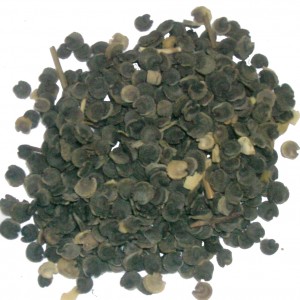Your cart is currently empty!
Althaea officinalis Linn.

Arabic Name : Khitmee
English Name : Marshmallow, Sweet Weed, Mallards, Mortification Root, Wymotes
French Name : Guimauve
German Name : Eibisch, Heilwurz, Ibischwurz, Sammetpappel
Hindi Name : Khatmi
Latin name : Althaea officinalis Linn.
Marathi Name : Khatmi
Persian Name : Tukhme Khatmi (Fruits), Raisha Khatmi (Roots)
Sanskrit Name : Gulkairo, Khatmi
Urdu Name : Tukhme Khatmi
Description : Tukhme Khatmi has been used for over 2,000 years as both a food and a medicine. The roots and leaves of the marshmallow plant are used medicinally to treat coughs and sore throats. Marshmallow’s high mucilage content soothes inflamed mucous membranes. It has also been used to soothe chapped skin, chilblains (sores caused by exposure to cold), and minor wounds.
Nutritional Role of Marshmallow
The active constituent in marshmallow is mucilage, which helps soothe and protect irritated mucous membranes. This makes marshmallow beneficial for respiratory and digestive tract problems. It’s anti-inflammatory properties are also helpful for skin inflammations.
Traditional Uses of Marshmallow
- For anti-inflammation properties
- For respiratory system
- For colds – coughs and sore throats
- For skin inflammations
- For digestive tract
- For indigestion, GERD, diarrhea, and inflammatory bowels
This herb has a high mucilage content (is highest in the root, about 11%), which calm inflammation, nourishes bone marrow, soothes and moistens the skin, and promotes tissue healing.
Recommended Dosage : Seeds : 3 to 5 g powder; Root : 5 to 7 g powder.
Contraindication : This herb has no known warnings or contraindications but diabetics need to take account of the sugar content.






Leave a Reply
You must be logged in to post a comment.